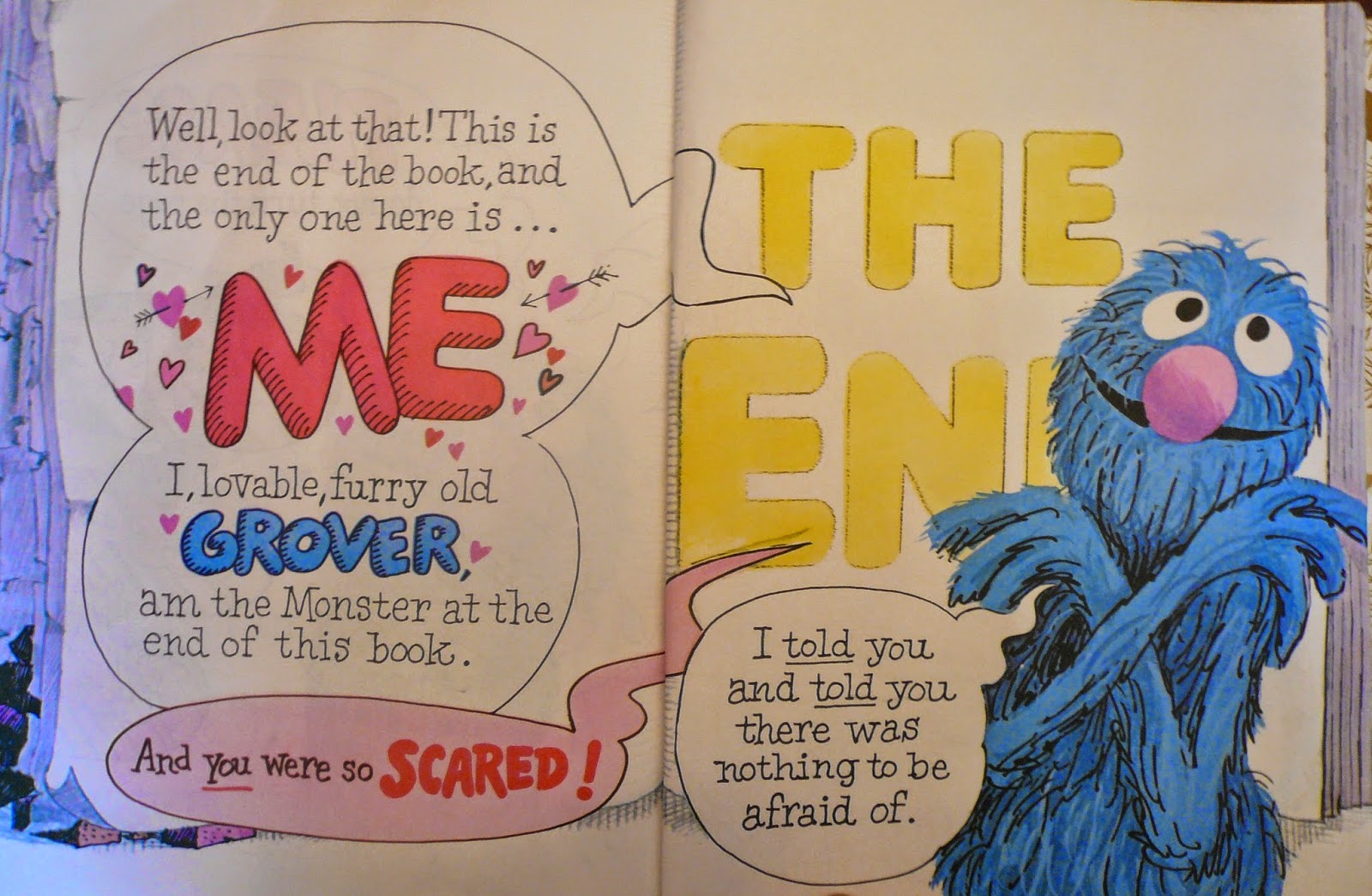Do you cringe when you hear the phrase “author platform”? It sounds intimidating, doesn’t it? Like you might have to climb up on some vast stage, proclaiming your writerly prowess to the world. Don’t worry. It’s not scary, and it doesn’t have to be overwhelming.
What is an author platform? It is just a way to talk about a writer’s engagement with their fans, their presence on social media and online, their connectedness to other writers, critics, etc. Agents and editors are looking to see if an author has visibility and authority, and can reach their target audience. Whether you are a beginning author or are already published, it’s necessary to have a platform.
Does that still sound a little scary? Think of it this way. It’s about connection, so instead of a platform it’s more like pathways. If you’re sitting alone in your little cottage in the woods writing your lovely heart out, it doesn’t matter how fabulous the words are flowing from your pen.
You have to put on your red cape (apparently you are Little Red Riding Hood), gather up your basket, and go visiting your neighbors down the paths in the woods. When you’ve established an excellent reputation and spread goodwill, then everyone will be eager to hear about your writing projects. And they will protect you from the Big Bad Wolf.
A bit silly, I know, but not that far off from the truth. Your platform is an extension of you. Building trust and goodwill is as important as showing the beauty and uniqueness that comes only from you.
Your author website is another extension of you. Visitors to a website decide in three seconds whether to stay on the page or leave. You have very little time to make an impression. Creating a good website shows that you take yourself and your writing seriously.
Take time on your website design so that it is a reflection of you. Any agent or publisher you query will immediately look at your website. It must look professional, but not sterile and cold. Personalize the template you use. On the other hand, don’t go overboard with too many colors and fonts, and distracting details. One idea is to go with a theme related to the type of books you write. If you write YA fiction, you might go with colors similar to the ones in the picture of a teen’s bedroom below.

The landing page of your website is kind of like a first date. You definitely want to give the important information up front, like your name and tagline. You want to dress up a bit, but not too much (you don’t want to look like a floozy, do you?) And you want to give enough details, maybe even some teasers, so that the reader wants to come back for more. You want to draw them in so they will click on your other pages, and look through your archives (like a gentleman, of course!)
You won’t get a second date, or a second visit, if you fill your landing page with anything too negative. (No one wants to date a complainer.) Avoid long blog-type posts on your first page. It’s better to have a separate page tab for your blog. Remember to give out your phone number, or in this case ask them to sign up for your email list!
Other important ingredients for your landing page are a great photo of you, social media sharing icons, and a subscription box for email sign-ups. The whole website should have a unified color scheme and look, like a well-decorated house. It can be quirky and decorated in a way that makes your heart happy, but keep a consistent flow to the overall design.
Here is a good example by Donna Kilgore, another Muser from our site: (http://dmkilgore.com/index.html) She has an amazing photo and a great teaser on her landing page. (I’d ask her out for a second date, wouldn’t you?) I love the banner at the top, which immediately gives you the flavor of her writing and editing.
Take these suggestions and be inspired! I would love to see links of your websites in the comments below.
**This post first appeared on the multi-author writing blog Read, Write, Muse, where I contributed on the subjects of author platform and social media.**







